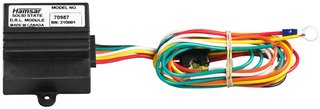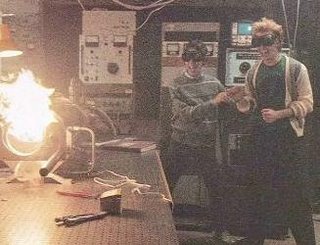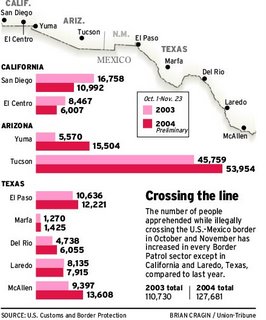The debate of open access

Many people argue that if your research is sponsored by governmental agencies, your results should be made available to everyone who has paid taxes, part of which goes to the research the publication is based upon. Additionally, professor's salary (and most of the researchers', students', and technicians') are paid by public fund including the majority of private schools (they got tax relieves). Therefore, why should we pay for the research we've paid already?
The answer is: you are paying the publication cost which includes administration cost, salary of the editors, and paper and distribution cost (including web sites). Peer review is very important to the scientific society, but it is also a very expensive process in which all the reviewers are actually doing it for free. The e-publication trend has caught on since early 2000. But it can only offset part of the printing and distribution cost. The real cost of a journal, is still significantly high.
On the other hand, previous literatures become a very important part of any sciences. Current system charges very high rate (~$2000 or more per journal for library access). Although you don't have to pay for publication, the access fee will kill you. Consequently, researchers who can't afford to publish, they can't afford to read either. In then end, sciences will eventually end up as big rich institutions' privileges.
So what’s the solution? I truly believe first, there will be only electronics publication. This is save more than 50% of the current cost of publication. Secondly, there should be two systems: one is the author paid, peer-reviewed system and the other one is non-peer reviewed free publication system that sponsored by the scientific society in a whole. The dual-modal system will ensure all the poor guys (who at least can afford internet access) can have all the publications, peer-reviewed or not, while their publications still can be heard to some degree. At the same time, we assume most of the people who do publish are doing well enough to pay for their own publications. This assumption should not be too far off since modern scientific research is quite expensive and mostly paid for by government or large private funds.
After all these, where will you publish your results? For me, it is the journal with the largest audience that I want to reach.
References:
http://www.dlib.org/dlib/june04/harnad/06harnad.html
http://www.soros.org/openaccess/
http://www.doaj.org/
http://www.scienceboard.net/community/perspectives.142.html







